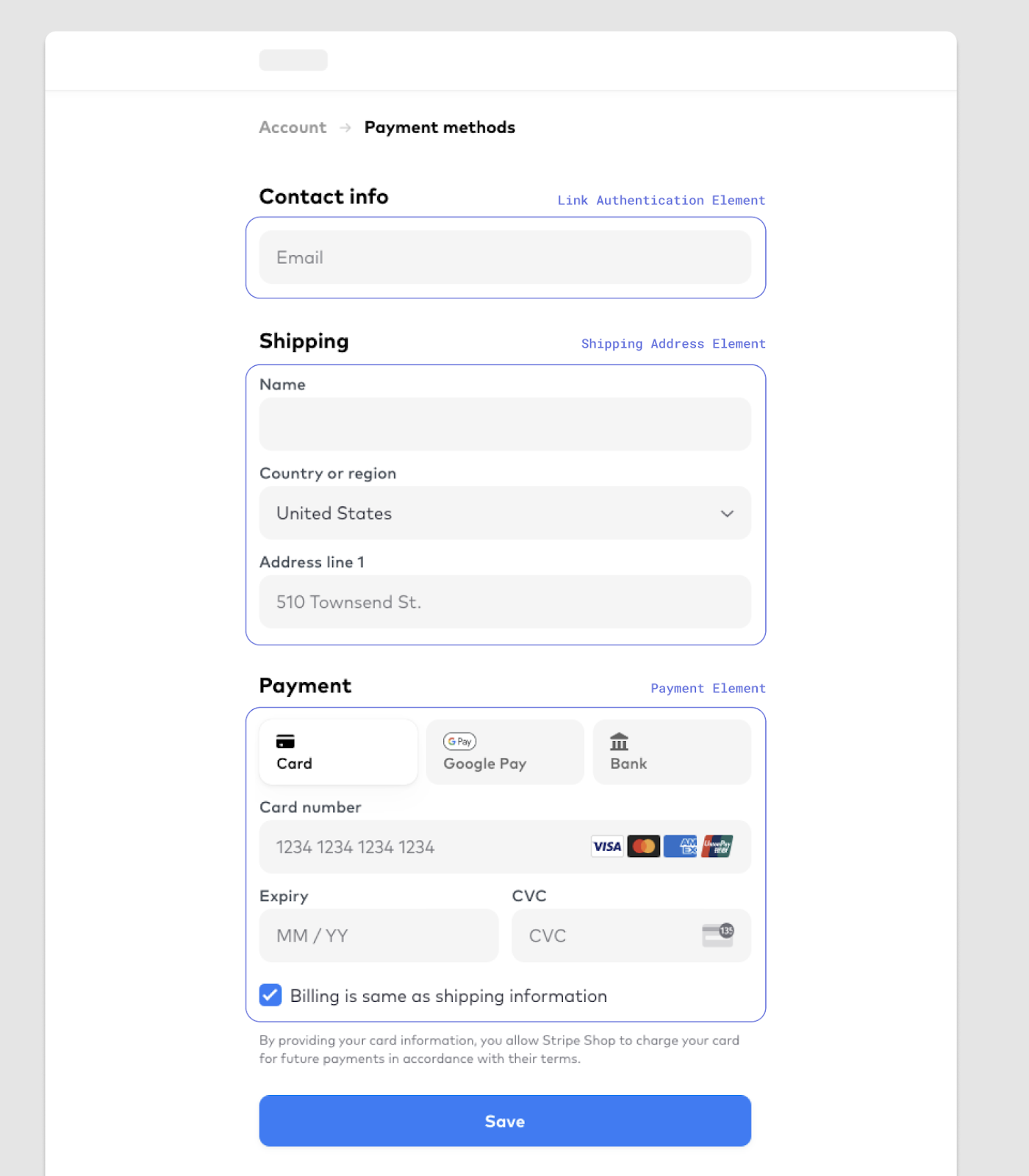A Comprehensive Guide to Utilizing AWS S3: Your Gateway to Scalable Storage
Introduction
Amazon Web Services (AWS) Simple Storage Service, commonly known as AWS S3, is a powerful and versatile storage solution that offers secure and scalable object storage. Whether you're a developer, data scientist, or IT professional, AWS S3 can be a game-changer for managing your data. In this comprehensive guide, we'll walk you through the essential steps to get started with AWS S3, from creating a bucket to managing your objects.
Chapter 1: Setting Up AWS S3
Before diving into AWS S3, you'll need an AWS account. If you don't have one yet, sign up for AWS and set up your account. Once you have your AWS account ready, follow these steps:*
- Creating an S3 Bucket: Learn how to create your first S3 bucket, which is essentially a container for your objects. We'll guide you through naming conventions and setting up basic configurations.
- Understanding AWS Regions: Explore the importance of choosing the right AWS region for your S3 bucket. Understand how the choice of region can impact latency and compliance.
Chapter 2: Uploading and Managing Objects
With your S3 bucket set up, it's time to start uploading and managing your data:
- Uploading Objects: Discover multiple methods to upload objects to your S3 bucket, including the AWS Management Console, AWS CLI, and SDKs.
- Object Versioning: Learn how to enable object versioning to maintain a history of changes and recover previous versions of your objects.
- Object Lifecycle: Implement object lifecycle policies to automate the transition and expiration of objects, saving on storage costs.
Chapter 3: Access Control and Security
Ensuring the security of your data is paramount when using AWS S3:
- Bucket Policies and Access Control Lists (ACLs): Understand how to configure bucket policies and ACLs to control who can access your objects and under what conditions.
- Encryption: Explore different encryption options, including server-side encryption, to protect your data at rest and during transit.
Chapter 4: Data Management and Analysis
AWS S3 isn't just for storage; it's also a powerful tool for data management and analysis:
- Data Tagging: Learn how to tag objects for better organization and management, making it easier to search and filter objects.
- Data Analytics: Discover how to use AWS S3 as a data lake, integrating it with services like AWS Athena and AWS Glue for data analysis and processing.
Chapter 5: Monitoring and Optimization
- Monitoring: Explore AWS CloudWatch and S3 access logs to gain insights into your S3 usage, helping you optimize your storage and access patterns.
- Cost Optimization: Get tips and best practices for optimizing your AWS S3 costs, including storage-class selection and data transfer cost considerations.
Chapter 6: Advanced Topics
- Cross-Region Replication: Learn how to set up cross-region replication for disaster recovery and data redundancy.
Event Notifications: Set up event notifications to trigger AWS Lambda functions or other AWS services when specific events occur in your S3 bucket.
Conclusion
AWS S3 is a versatile and robust storage service that can benefit businesses and developers across various industries. By following this comprehensive guide, you'll be well-equipped to harness the full potential of AWS S3, whether you're storing, managing, or analyzing data. Start your journey into the scalable and secure cloud storage world with AWS S3 today.




Comments
Post a Comment